The Internal Combustion Engine

While the steam engine automobile existed before the internal combustion engine, it’s really the latter that kicked things off. After the advent of the steam engine, the internal combustion engine was a huge game changer for the auto industry.
One version was developed back in 1859 but the version we recognize today wasn’t developed until 1864 by Nikolaus Otto, who later collaborated with two other engineers, delivering the world’s first four-cylinder engine.
The Assembly Line
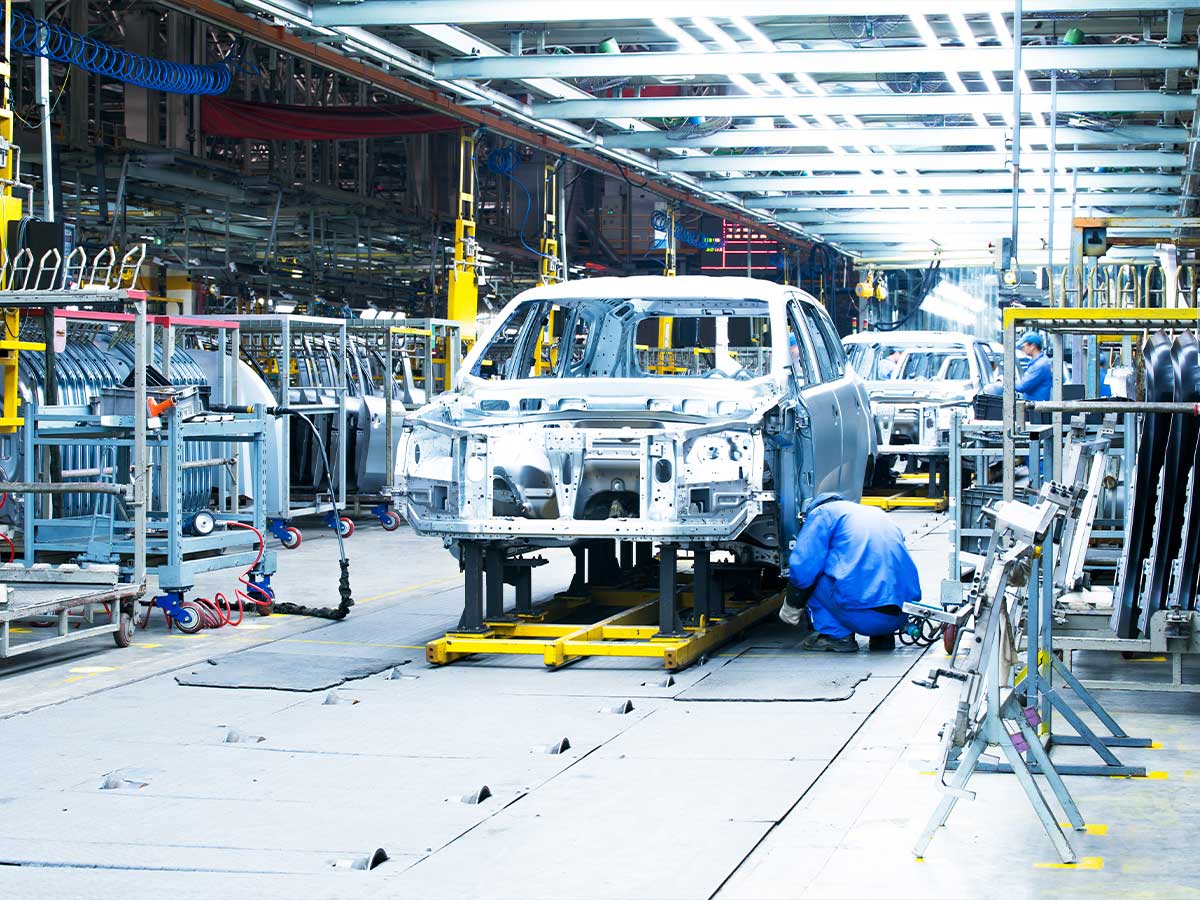
The moving assembly line, developed by Henry Ford, famously changed the auto industry. It allowed cars to be mass-produced - and made cars more affordable.
Without the invention of the assembly line, we would never have the affordable vehicles we have to this day. Cars would only be for the wealthy, like the equivalent of everyone today driving around in a Rolls Royce, while the rest of us were still riding horses and donkeys.
Anti-Lock Brakes
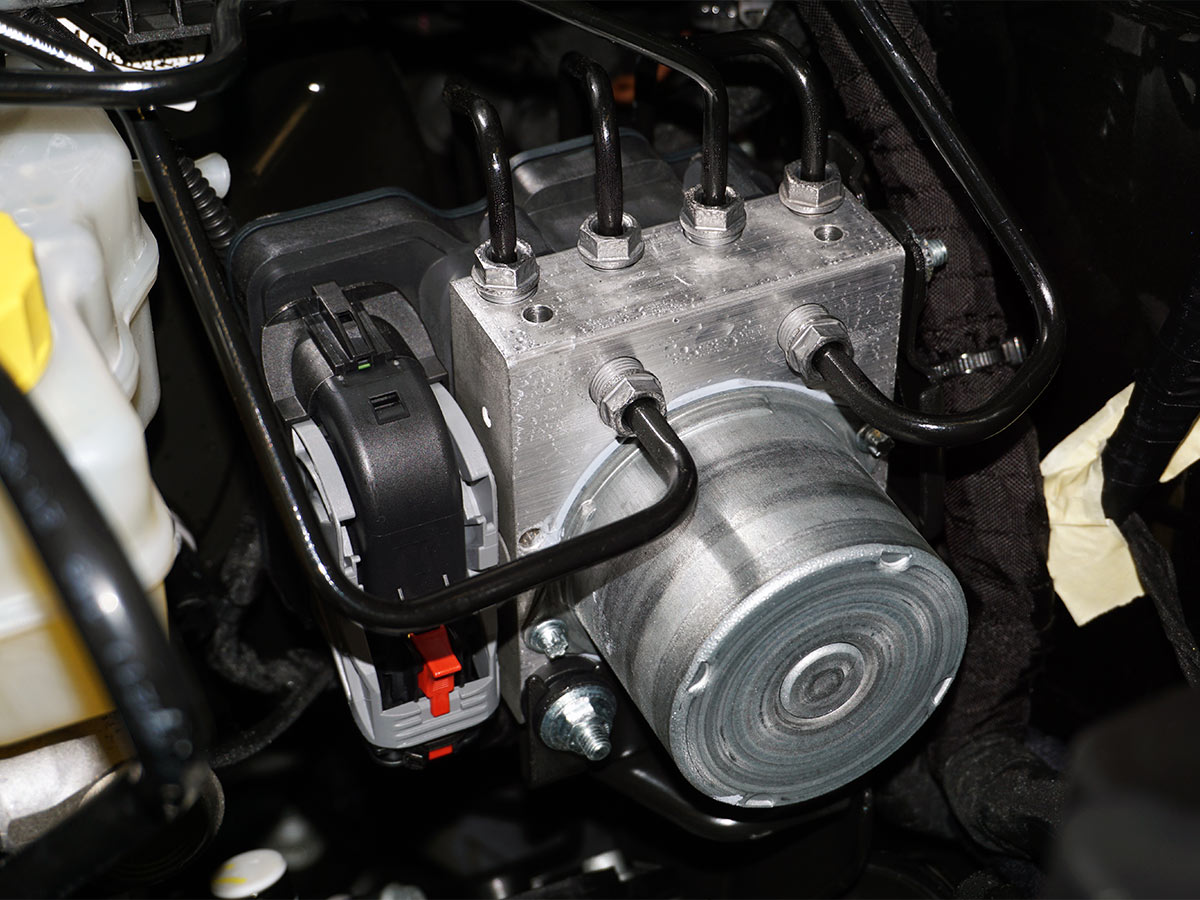
Anti-lock braking systems (ABS) are lifesavers on the road. They prevent wheels from locking up during hard braking, which can cause skidding - and loss of control. Helping drivers maintain traction during these events, ABS allows drivers to steer around obstacles in emergency situations, thus preventing accidents.
Now a standard in the automobile industry, as required by law, anti-skid brakes were introduced back in the ‘50s. Later, a more modern version was introduced in 1971 by Chrysler - a three channel, four-sensor all-wheel ABS similar to what most cars have today.
Automatic Transmission

Automatic transmissions have made driving easier and more accessible for people all over the world. While there are still those who prefer putting a little more work into their driving, opting for a manual transmission, many modern systems are incredible, thanks to technological improvements, shifting as smoothly as butter.
Like manual transmissions, automatic ones have multiple gear sets, similar to a manual transmission, except the driver doesn't need to worry about selecting them. Patents for the automatic transmission were developed back in the ‘20s. They are now the standard for most vehicles these days, including sportscars like the Corvette.
Power Steering

Power steering was another huge innovation in the auto industry that has made steering much easier for drivers, allowing them to exert much less force while steering. Most modern cars of the past 30 years have power steering, including electric cars.
How does it work? A small engine connected to the car's engine by a belt pumps fluid under pressure that is sent to the steering gear, delivering pressurized fluid through a valve, every time you steer.
Airbags

Airbags have become a cornerstone of automotive safety, significantly reducing fatalities and serious injuries in car accidents. These inflatable cushions deploy milliseconds after a collision, cushioning occupants and preventing them from hitting hard surfaces within the vehicle.
While earlier forms of the airbag were patented back in the 1950s, it would take the development of crash sensors in the 1960s before they really started to take off. And even then, it took until the 1990s before they would become a standard in new cars.
The Three-Point Seatbelt

Another standard in automobiles today, the three-point seatbelt is designed to dissipate energy during a collision, preventing parts of your body from being thrown forward, thus mitigating your risk of injury in the event of a collision.
Prior to 1959, only the two-point seatbelt, placed just over the abdomen, existed, and prior to that, cars had no seatbelts at all. Nevertheless, the three-point seatbelt has proven itself to be the most effective, which is why it’s the gold standard today.
GPS
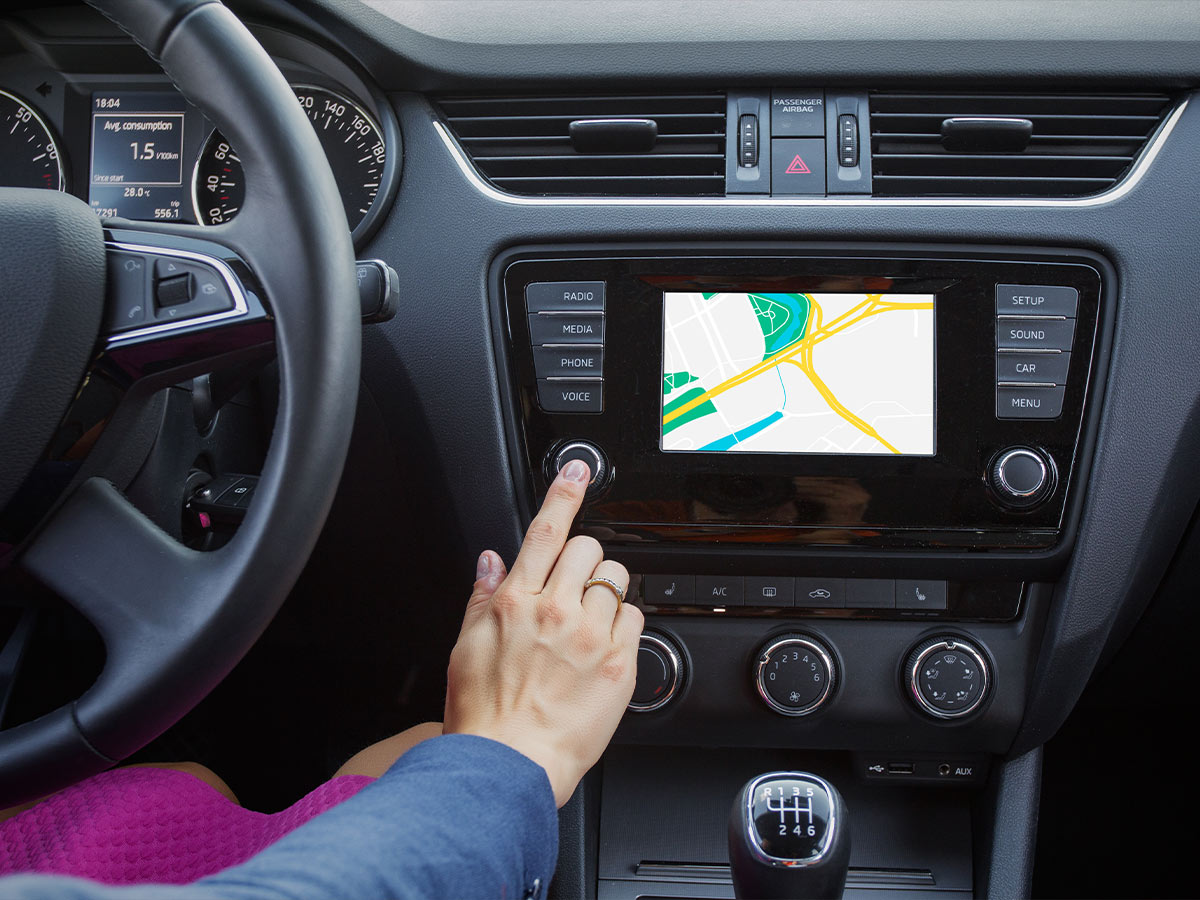
Before GPS, drivers relied on paper maps and a good sense of direction. GPS navigation systems, integrated into dashboards or smartphones, have drastically reduced the chances of getting lost, making navigation significantly easier and more efficient.
GPS technology also contributes to driver safety in several ways. Features like lane departure warning and collision alert use GPS data to warn drivers of potential hazards. Additionally, built-in emergency services can pinpoint the location of a vehicle involved in an accident more quickly with GPS information, potentially saving lives.
Blind Spot Monitoring

Blind-spot monitoring has proven a useful driver assistance tool in preventing lane changing accidents. Often drivers forget to check their blind spots, cutting people off and ultimately causing collisions.
Blind spot monitoring sensors work to minimize human error by detecting vehicles approaching from behind, giving the driver enough time to react accordingly.
Turbochargers

Turbochargers have been used in vehicles since the 1960s. They improve engine performance by acting as compressors that force more air into the engine’s cylinders.
In turn, turbochargers allow a smaller engine, often a four-cylinder engine, to deliver more power than it would otherwise. In doing so, a turbocharged four-cylinder engine can deliver the optimal performance of, say, a V6 but with the fuel efficiency of a four-cylinder.
Hybrid Drivetrain

The development and refinement of hybrid technology has also led to advancements in battery technology. This focus on battery research and development has benefited the entire EV industry, providing longer ranges and more powerful batteries for electric vehicles.
Of course, the main impact of hybrid vehicles has been on fuel economy and emissions. By combining an electric motor with a traditional gasoline engine, hybrids can significantly reduce fuel consumption.
The Electric Motor
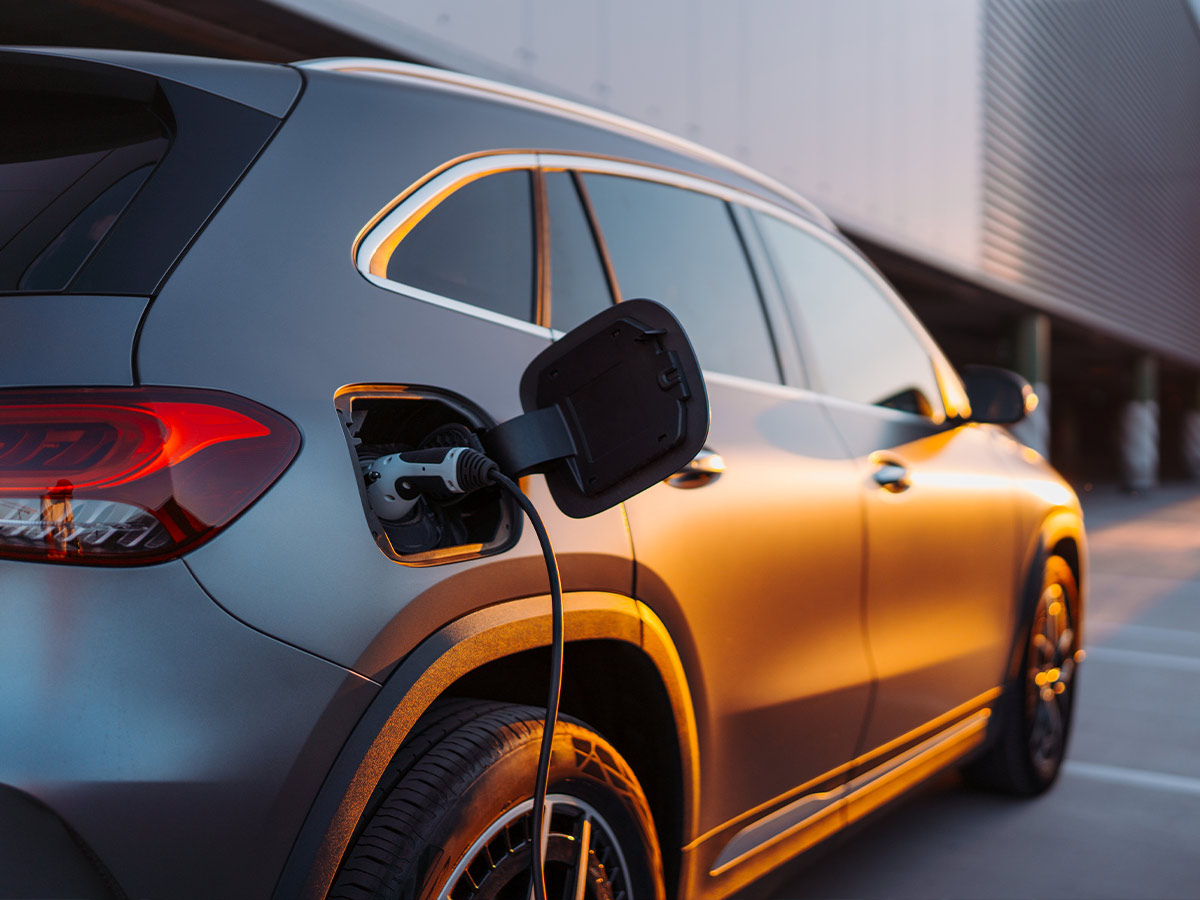
The electric motor has revolutionized the auto industry, leading to a huge surge in electric cars and new companies focused solely on bringing electric cars to consumers. Tech giants and start-ups are challenging established car manufacturers, bringing innovative approaches to electric vehicle design and technology.
The development of this technology has led to a political mandates requiring manufacturers to concentrate on the manufacturing of clean energy vehicles by 2032, wherein regulations will dictate that 56% of sales should be EVs by that time.
Augmented Reality

Augmented reality (AR) is having a huge impact on the auto industry, both for consumers and manufacturers. For the consumer, AR improves safety through head-up displays (HUDs) that project vital information like speed, navigation, and warnings directly onto the windshield, keeping drivers' eyes on the road.
For manufacturers, AR saves both time and money. AR allows designers to create and modify virtual car models in real-time, streamlining the design process while reducing costs. AR can be used for remote inspections, allowing engineers to identify and fix problems virtually, and can also provide step-by-step assembly instructions for factory workers, improving accuracy and efficiency.
Smartphone Integration
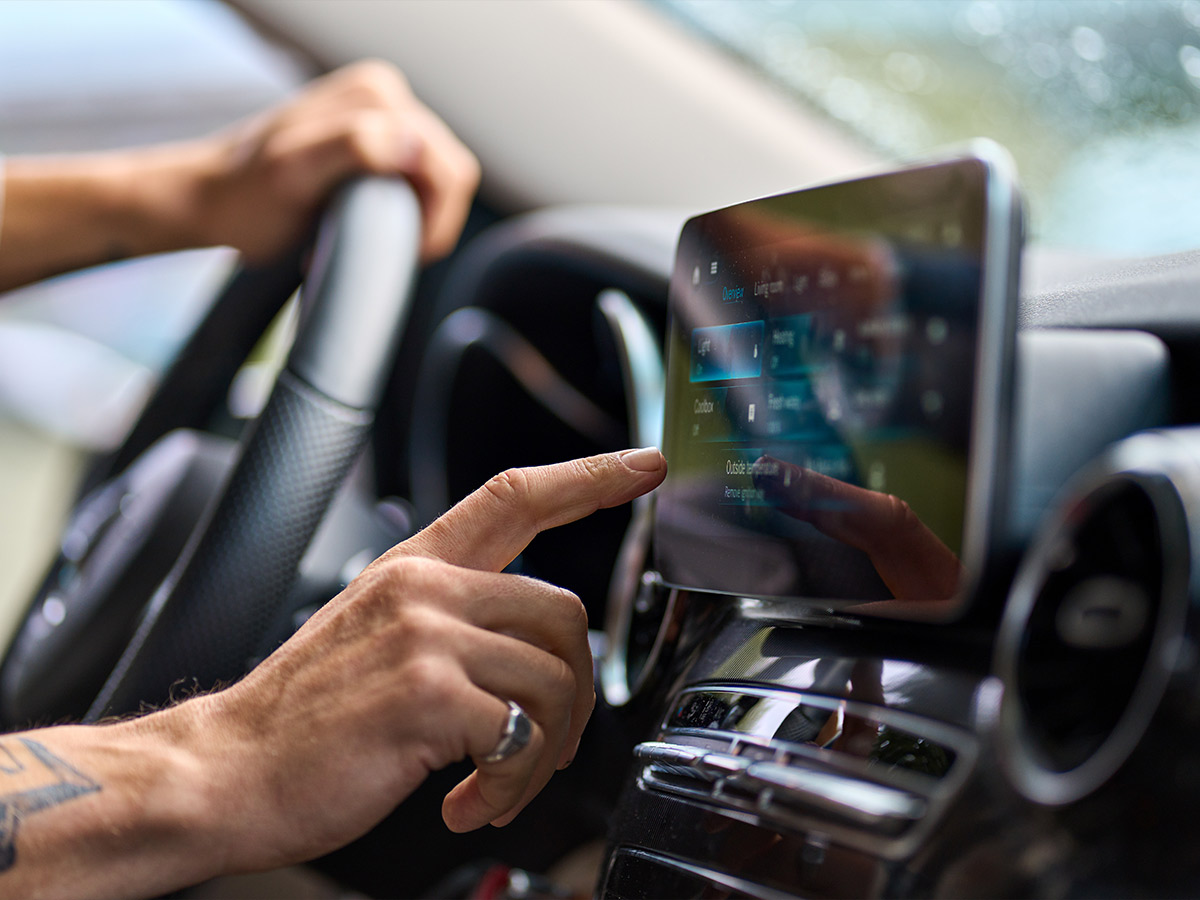
These days, nearly everyone has a smartphone. These phones have become incorporated into our daily lives, attached to our hips to the point where we can’t leave our homes without grabbing them first. As such, finding a way for drivers to stay connected while keeping their eyes on the road has become integral to driver safety.
Platforms like Apple CarPlay and Android Auto integrate smartphones seamlessly with car infotainment systems. This allows drivers to access familiar apps for music, navigation, and communication directly on the car's dashboard, reducing distraction and improving convenience.
Backup Cameras
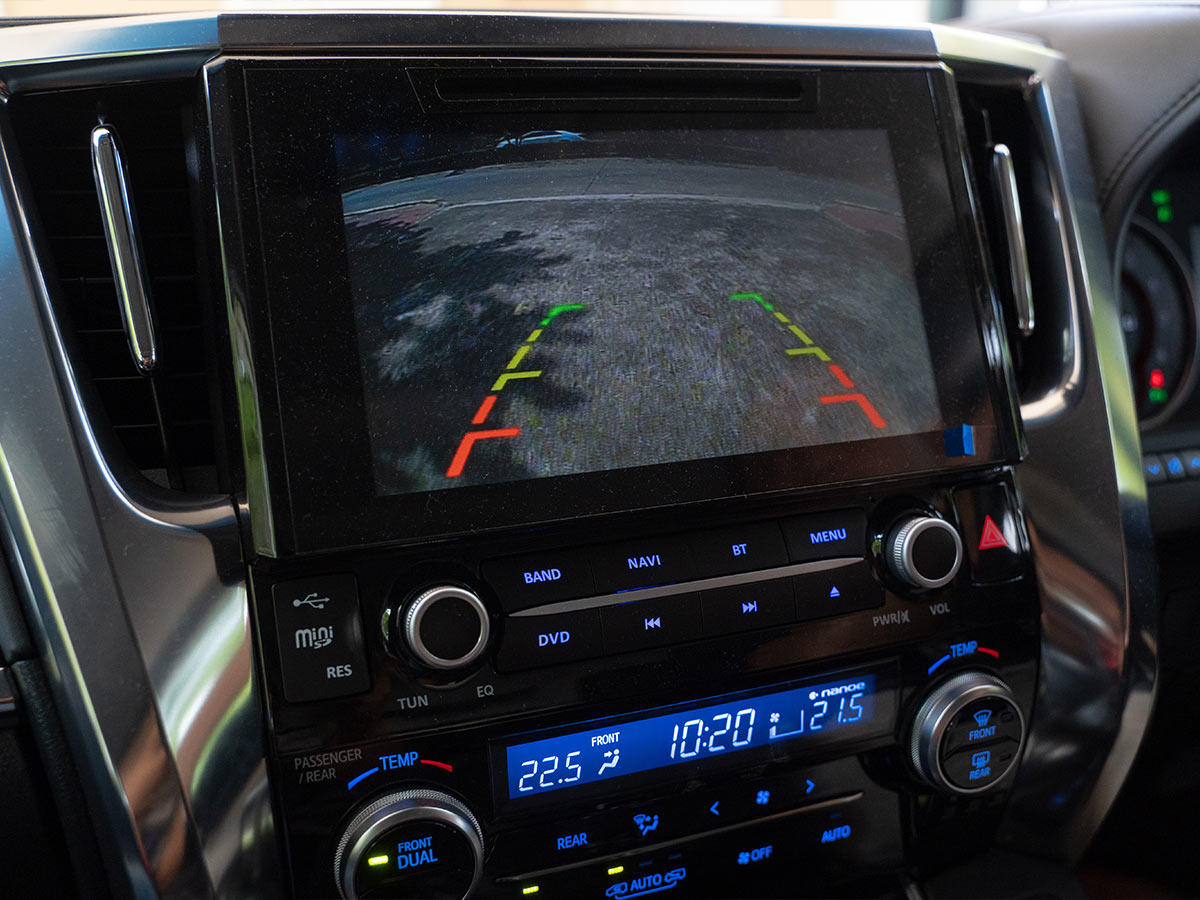
Backup cameras were one of the first driver assistance technologies implemented in cars in the past 20 years. One of the first cars to have them was the 2002 Infiniti Q45 sedan. While then, they were only an optional feature, they have since become a mandated safety regulation for all cars produced after 2018.
Backup cameras have helped reduce human error and negligence, allowing drivers to get a clear view behind them. This has undoubtedly prevented collisions involving pedestrians, vehicles, and surrounding property.
AI
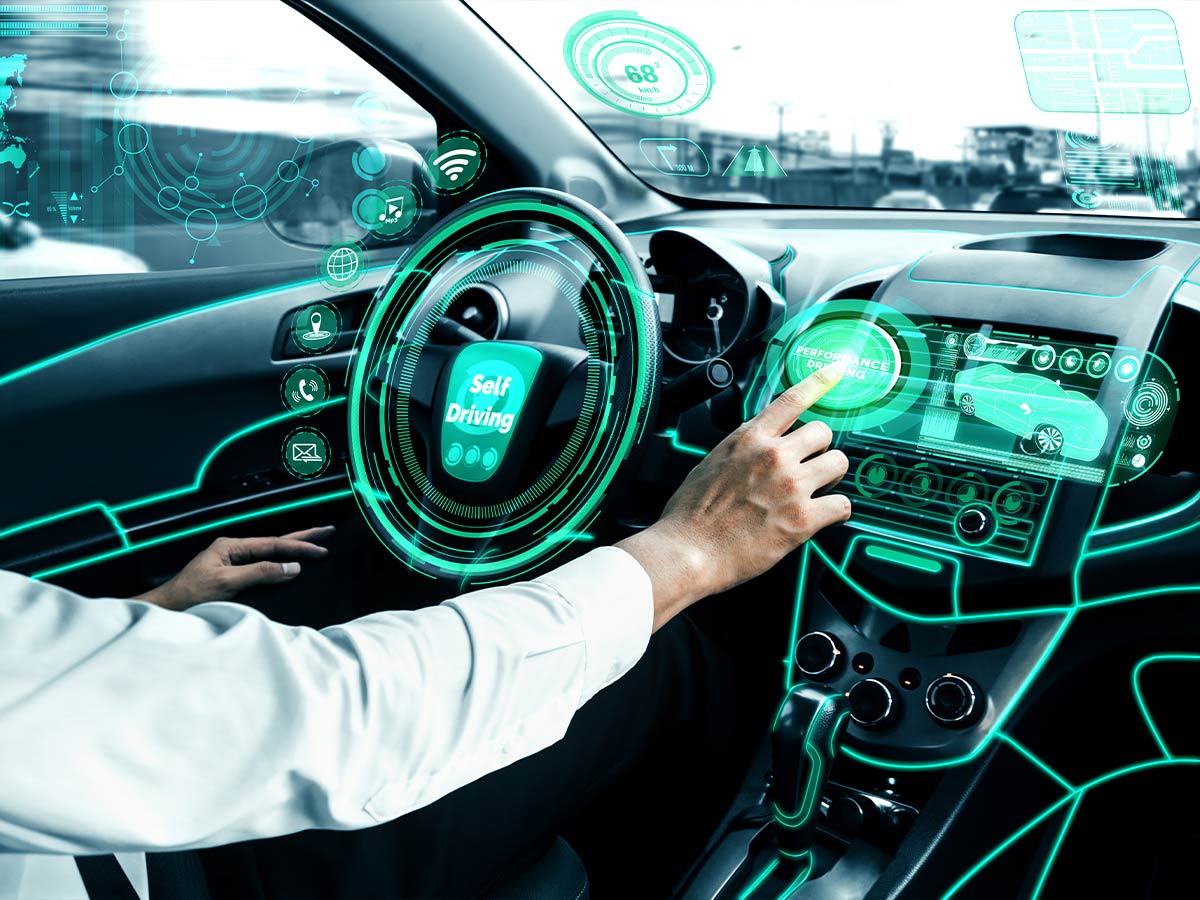
AI is the brain of autonomous driving features. As such, driver assistance features like automatic emergency braking, lane departure warning, and adaptive cruise control rely on AI to interpret data. These semi-autonomous systems use cameras, sensors, and AI to perceive the surrounding environment and intervene to prevent accidents.
While the technology has much room for improvement, for the time being, eventually we’ll have self-driving cars. As AI technology matures, we can expect to see a rise in highly automated vehicles that can handle most driving situations, reducing traffic accidents caused by human fallibility.
Key Fob

You used to need your car key for everything. You needed it to unlock your car, start the engine, and get in the trunk. If you locked it in your car, you had to get a locksmith or attempt the coat hanger method. Today, you can turn on your ignition, unlock your car, open your trunk, and more with the push of a button on your key fob. Many key fobs make locking your fob inside your car an impossibility.
They’ve also improved safety and security. Unlike traditional keys, key fobs use rolling codes or encrypted signals to communicate with the vehicle. This made them much more difficult to copy or hack compared to traditional keys.
Catalytic Converter

The catalytic converter has drastically reduced harmful emissions, playing a key role in environmental protection. Introduced in the 1970s to meet stricter air quality regulations, these devices convert toxic pollutants like hydrocarbons and carbon monoxide from a car's exhaust into less harmful gases like water vapor and carbon dioxide.
The impact of catalytic converters goes beyond just environmental benefits. They have also forced a shift in fuel efficiency standards. As these converters rely on hot exhaust gases to function effectively, car manufacturers have focused on developing more efficient engines that produce hotter exhaust, further contributing to cleaner emissions.
Onboard Diagnostics II

Initially met with disdain by automobile purists and mechanics, onboard diagnostic II created a more sophisticated method for diagnosing vehicle problems.
Introduced in the mid-1990s, OBD II has transformed the auto industry by enabling easier troubleshooting, improved emissions control, and greater transparency for car owners. You can now find a number of aftermarket scanning tools that can assist you in diagnosing car problems before you take it to a mechanic.
Turn Signals
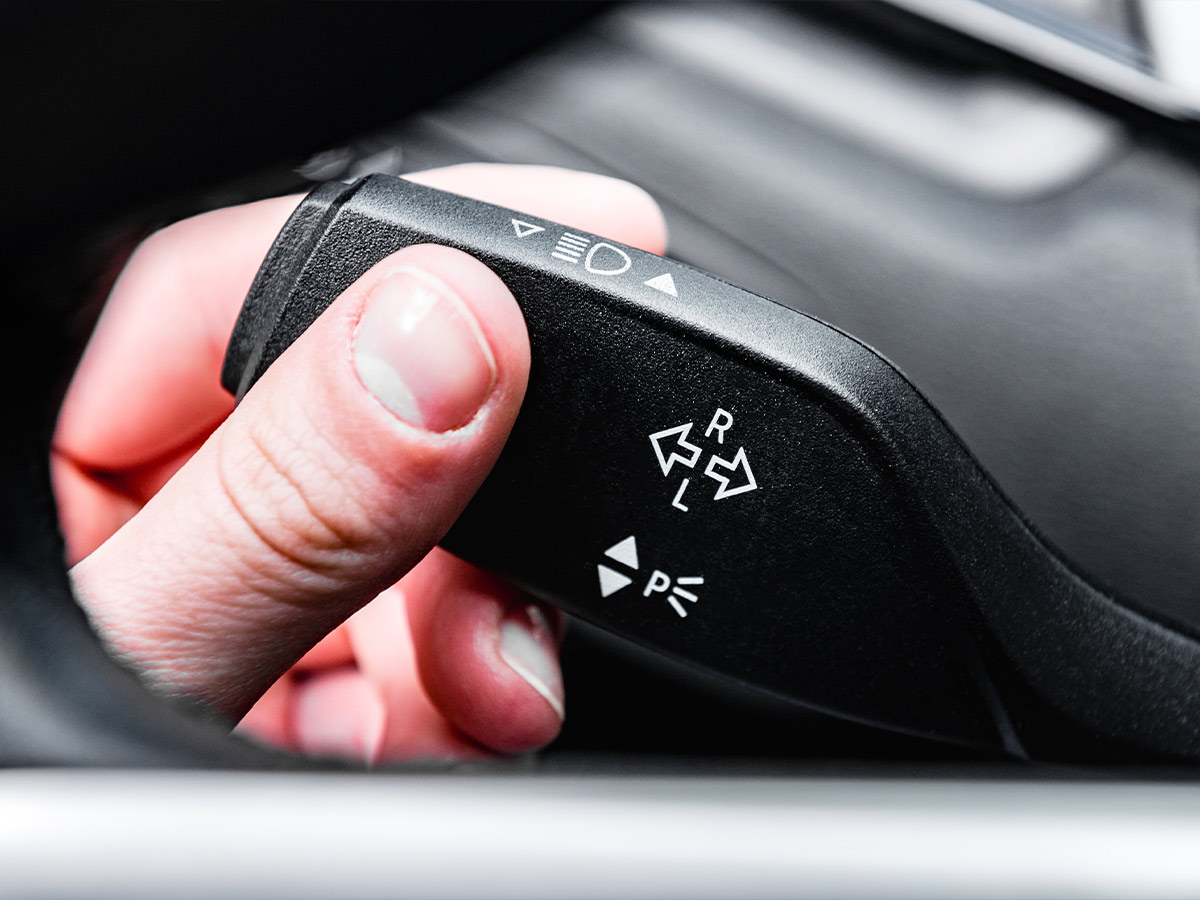
While nobody uses the hand signals in the DMV handbook now, those odd gestures are exactly what they did before turn signals were a thing. But awkwardness aside, they weren’t a reliable means of signaling driver intents, as bad weather, lack of visibility at night, and many other issues could interfere.
Turn signals have created a direct and clear line of communication with other drivers. Of course, it still requires that drivers actually turn them on as needed for that communication to work.
 Author
James Stephens
Last Updated: October 30, 2025
Author
James Stephens
Last Updated: October 30, 2025